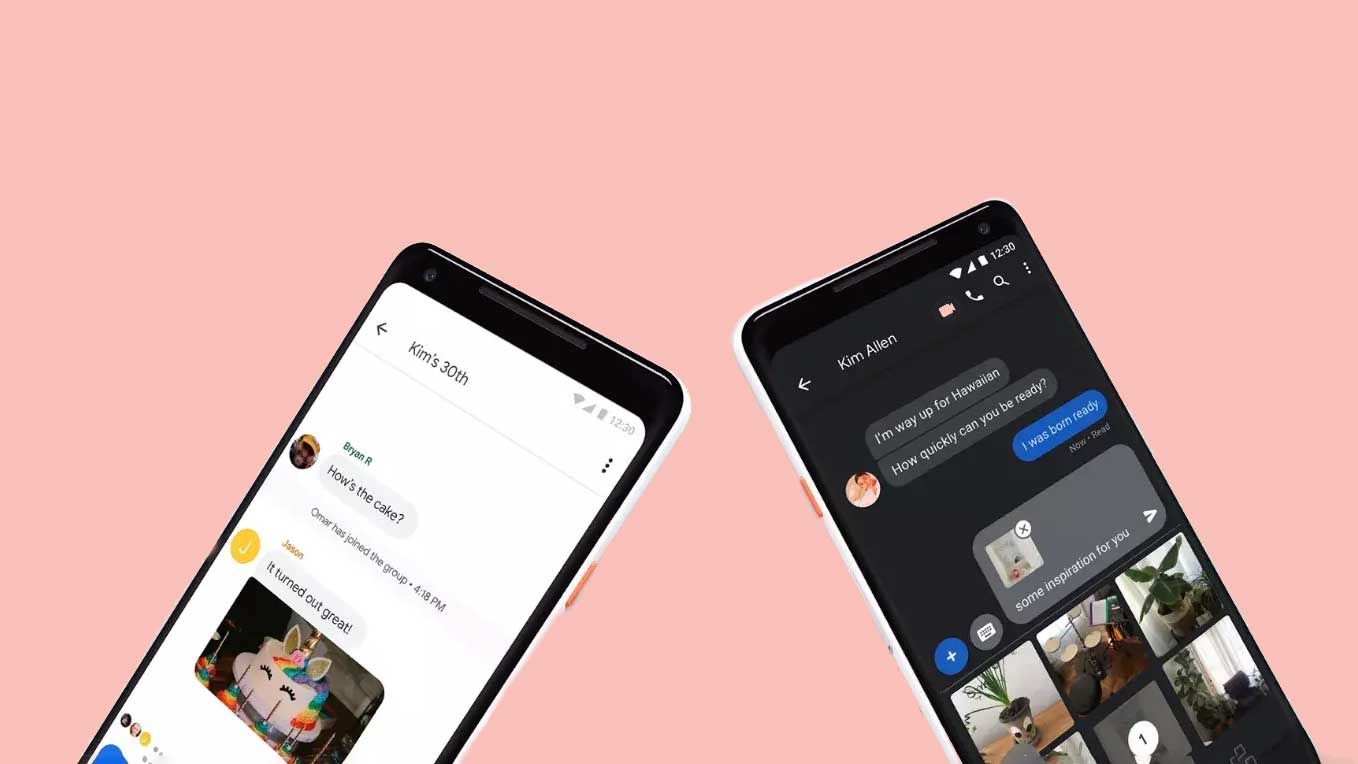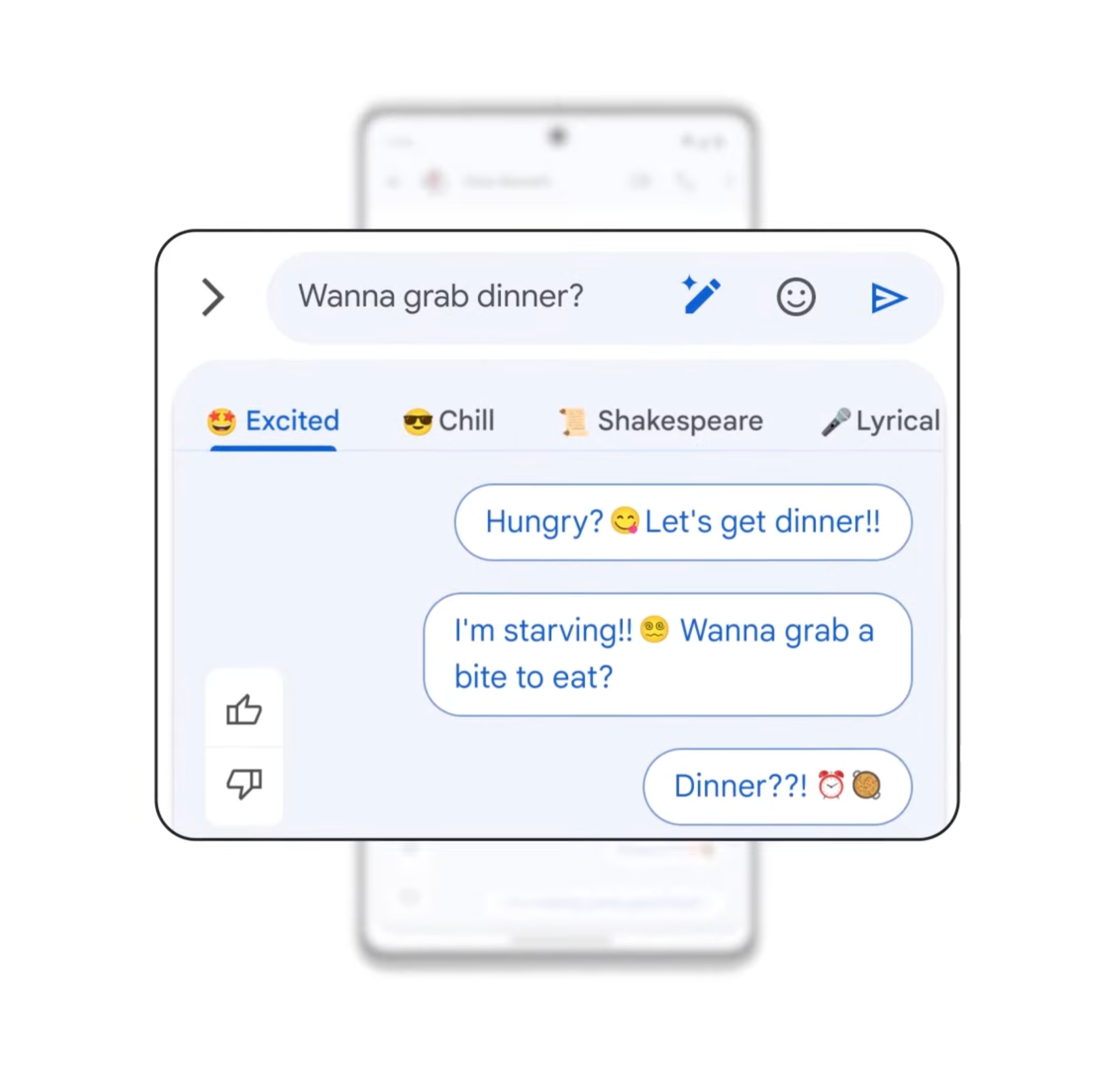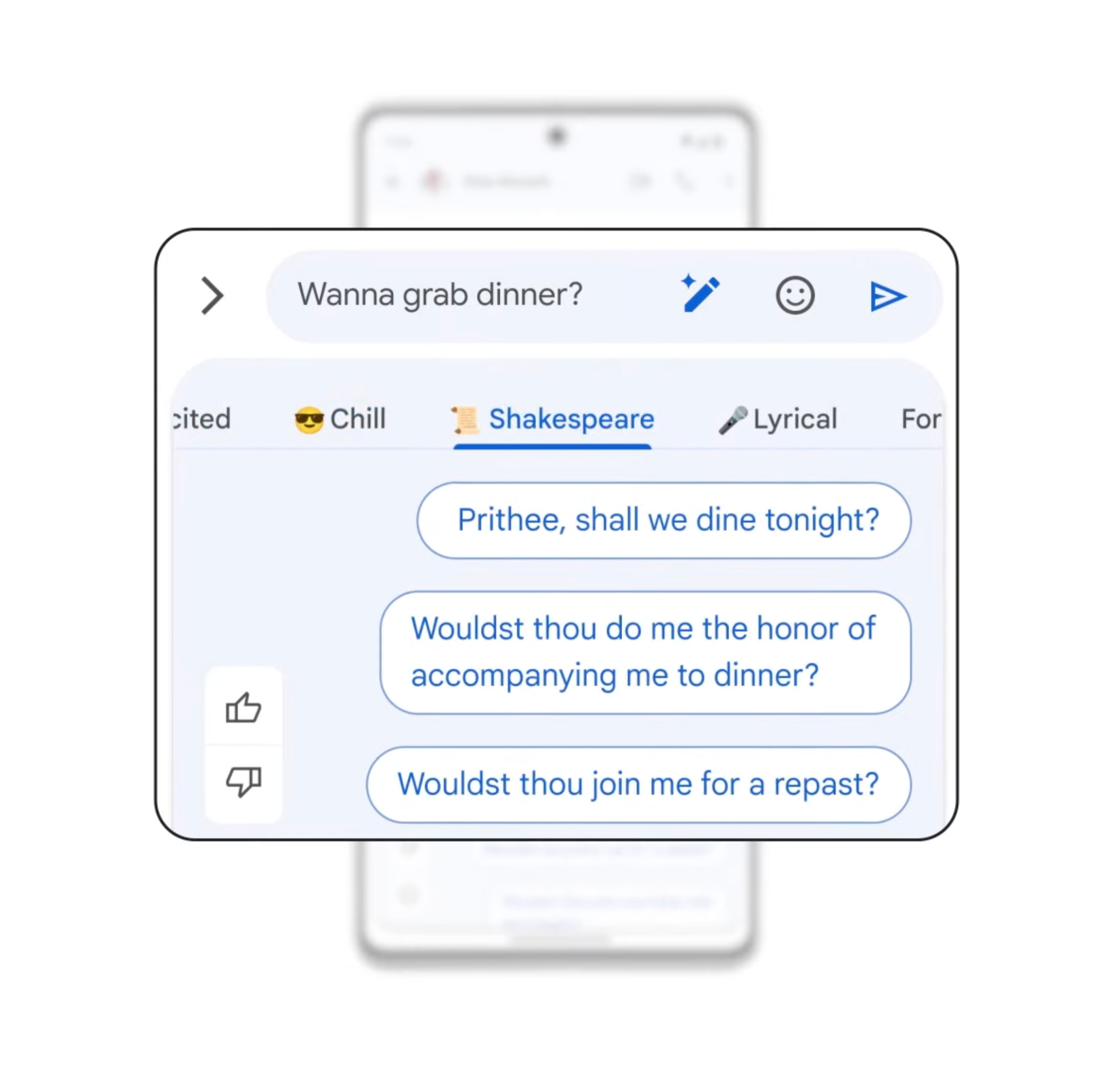Google Messages uses Artificial Intelligence (AI) to help when writer’s block occurs. This feature is known as Magic Compose. Magic Compose provides conversational support when your words fall short so that you can focus on your message. This AI writing assistant began rolling out in May 2023.
This step-by-step tutorial demonstrates the user-friendly interactions you can look forward to after picking up the ins and outs of its in-context auto-completion capabilities, assuming you follow a few straightforward actions, as outlined below.
Activating Magic Compose in Google Messages
Begin by lifting your Android phone and using your preferred digit. Engage your brain and think about how Magic Compose will suggest conversation starters and contextualized responses after you execute a few clear-cut actions. You’ll never be stuck for an answer in your back-and-forth dialogue again.
- Make sure the latest version of Google Messages is installed on your phone.
- If you need to update Google Messages, visit the Google Play Store, tap your profile picture, and select Manage Apps & Devices. Tap the Updates Available button, then tap Update All or Update Google Messages.
- Open Google Messages.
- Click Accept to make the app the default messenger.
- Read the Setting up RCS chats popup if it appears.
- Close the popup.
- Restart Google Messages if the Magic Compose icon (a bubble with a plus sign in the upper-right corner) doesn’t appear to the left of the text input slot.
- Click the Got it button to clear the message if the RCS chats are ready popup appears.
- Identify newly available buttons on the interface.
Fixing the missing Magic Compose icon issue
If you don’t see the Magic Compose icon next to the text field after turning on RCS chats and flipping through the Messages Settings menu, the app may still be in its beta test phase. You must join the beta program and become a tester before you can use the app’s contextual machine-learning features.
- Navigate to the Play Store on your Android device.
- Tap your account profile picture and search for Google Messages.
- Scroll down below the Uninstall and Open buttons.
- Tap the Join Beta link.
- It may take several minutes to join the beta and become a tester.
- Update the Google Messages app again after being accepted as a tester.
Instructions on using Google Message’s writing assistant
A new icon sits next to the text field. It looks like a speech balloon, but its upper-right corner is appended with a tiny plus sign. This is the Magic Compose icon, where you’ll receive message suggestions. Depending on whether the beta testing program is complete, you might see a Try It message when you tap the Magic Compose icon. Otherwise, it’s all go for the newly configured auto-suggestion mode.
- Open an existing conversation or tap on the Start Chat bubble in the lower-right corner of the Messages screen.
- Tap Try It to opt-in to the feature.
- Tap the Magic Compose icon during a chat to receive a short list of in-context responses.
- Tap the Magic Compose icon for more suggestions after drafting a new message.
- Scan the list of suggestions and select the relevant response.
- Click the down arrow on the chosen entry and tap Send.
How to take advantage of the rewrite feature
Magic Compose has at least one other capability, and you won’t recognize it immediately if you’re buried in the response and read cycle that texters get locked into when sending and receiving messages. Instead of picking a response from a list, add some flair to the message by tapping the Rewrite Suggestion icon within the text field slot.
- Tap the Rewrite Suggestions icon in the text slot.
- Pause to read the small menu bar. It automatically fills with styles, such as Remix, Shakespeare, Lyrical, and Excited. There’s also a Formal option, which is perfect for professional conversations. Tap Short to generate a concise reply.
- Use one of these style entries to add personalized flair to your messages.
- Select your message and tap Send to dispatch it to the recipient of your text.
- Scroll down to see if additional reply options have made it to the style listings as the conversation continues.
How to keep your head when magic composing
Letting generative AI take over the driver’s seat and draft context-ready replies to chats is fun. AI isn’t a fad. It isn’t going away, as proven by Google Gemini and ChatGPT, so experiment a little and play a lot. Watching the AI make up lyrical responses is funny, resulting in hilarious moments as the conversation takes on a melodramatic poetic tone.
Now that you know how to use it, you’ll be in a hurry to show off your next-level chatting skills. The human touch is best, but blank text field panic is real, and so are bad texting habits. Use the feature sparingly at first, only navigating to Magic Compose when you’re stuck. Alternatively, use it for a giggle, adding flair and poetic license to your replies when you want to mess with a friend who has a good sense of humor.
Never deal with writer’s block again
Magic Compose is a powerful feature, and the style-driven Rewrite Suggestions boost its text writing capabilities, amping the machine learning assistant with personalized responses that could fool a real person. You have the final say. Use Magic Compose as it was intended to eliminate writer’s block, for fun, or for competing in a lyrically-based chat-off, but keep the human element in your chats.

Eugen Boglaru is an AI aficionado covering the fascinating and rapidly advancing field of Artificial Intelligence. From machine learning breakthroughs to ethical considerations, Eugen provides readers with a deep dive into the world of AI, demystifying complex concepts and exploring the transformative impact of intelligent technologies.




